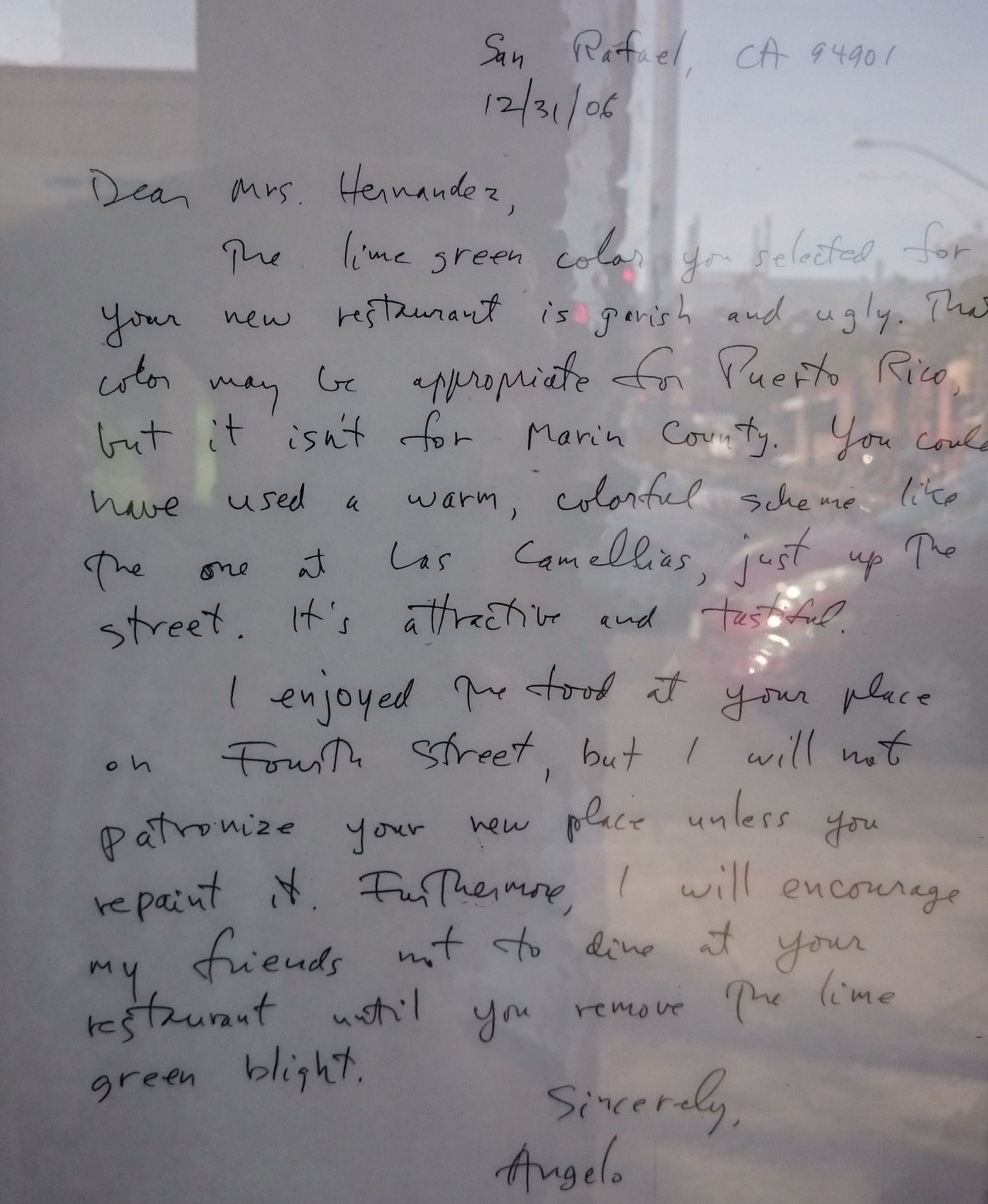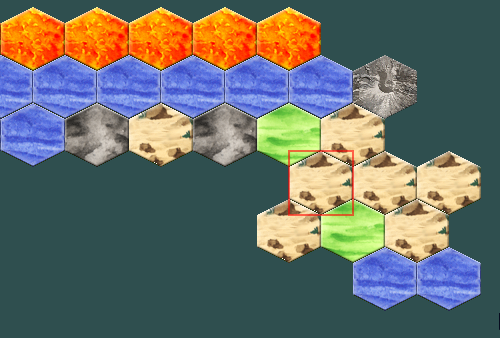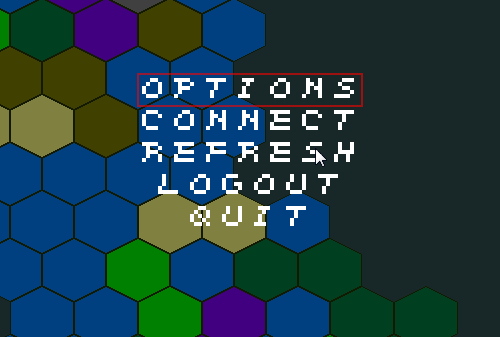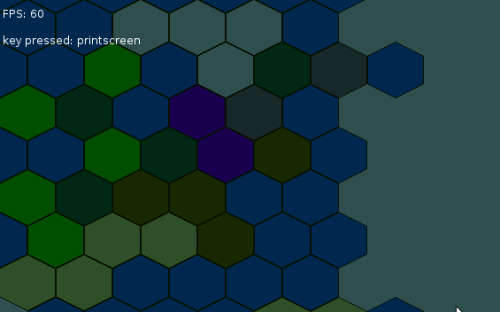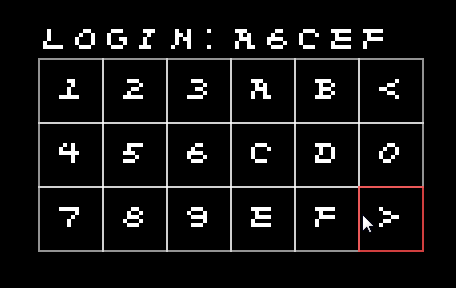Earlier this year, my trusty and much beloved Nexus 5 broke, and I suddenly found myself in the market for a new phone. I knew I did not want a Samsung, for reasons that are mostly related to the additional malware installed on them, and I could not get a new Nexus through the office’s vendor. A friend seemed happy with her Z1, and the Z3 was getting good reviews, so I decided to put my dislike of all things Sony aside, and got an Xperia.
I must say, I don’t regret this. The Z3 runs Lollipop, and has some Sony bundleware on it to push their media empire, but it is mostly unobtrusive and feels almost like a stock Google phone.
My worries about the quality of Sony hardware were also unfounded. It seems that the Ericsson engineering is showing in this device, with a great touch screen and far superior battery life than my Nexus had. I get almost 5 days of standby or two says of active use from a charge. That is after disabling mobile data, since I am on WiFi at least 80% of any given day anyhow, so YMMV on this, but I sure like not having battery anxiety towards the end of every day like I did with virtually all previous Android phones that I have owned.

